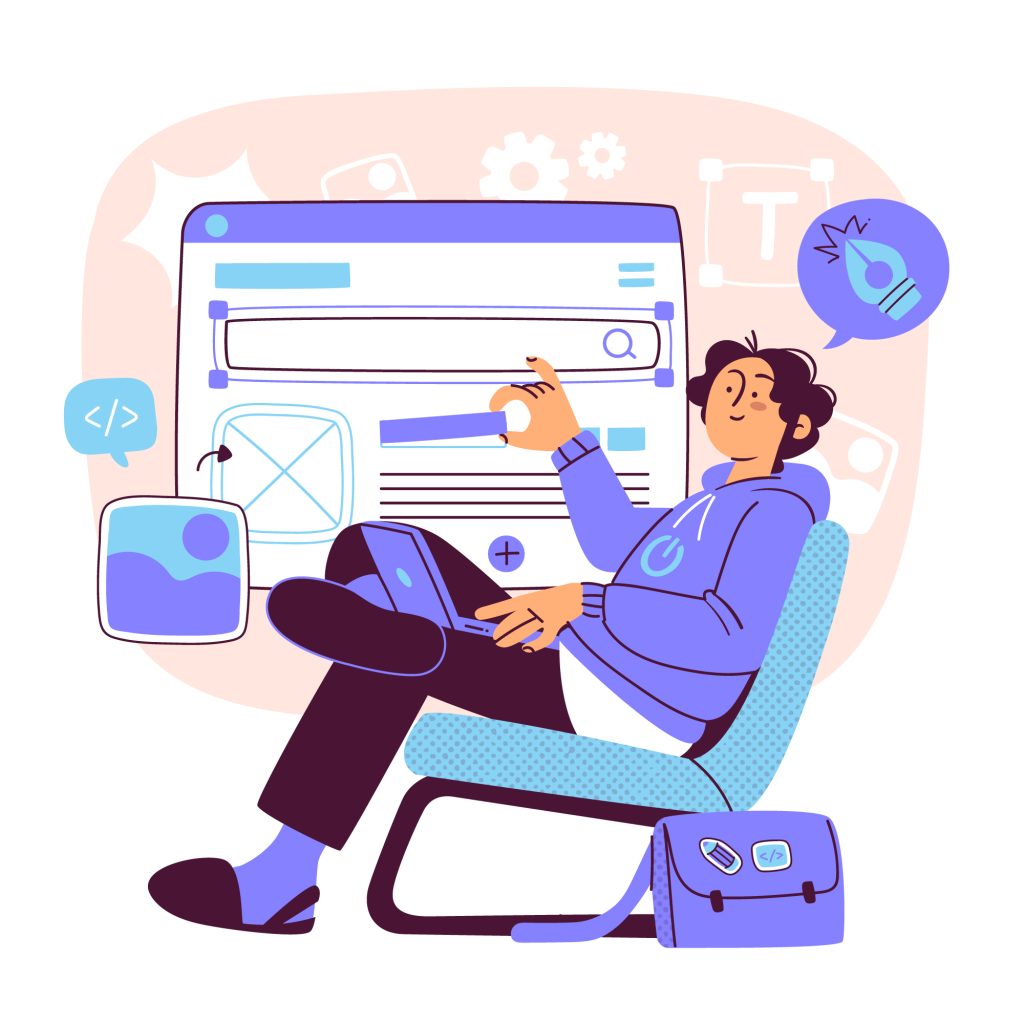Web accessibility ensures that everyone, including people with disabilities, can use your website. The “AA” level of the Web Content Accessibility Guidelines (WCAG) is considered the standard benchmark that most organizations aim to meet. It covers important features like readable text, keyboard navigation, screen reader support, color contrast, and more.
Here’s why it really matters:
1. Reaches a Larger Audience
Over 1 billion people worldwide live with a disability. If your site isn’t accessible, you’re turning away a big part of your potential audience—intentionally or not.
2. Legal Protection
Many countries (including the U.S.) require websites to meet accessibility standards under laws like the ADA (Americans with Disabilities Act). Not following these guidelines can result in lawsuits or fines.
3. Improves SEO
Search engines love clean code, text alternatives for images, proper headings, and fast-loading content—all of which overlap with accessibility best practices. So, improving accessibility often improves your search ranking.
4. Better User Experience for Everyone
Good accessibility means better navigation, clearer content, and more responsive design. It doesn’t just help users with disabilities—it benefits all users, especially those on mobile devices or with slower internet.
5. Builds Trust and Reputation
An accessible website shows that your brand values inclusivity and social responsibility. It can improve public perception, customer loyalty, and even conversion rates.



